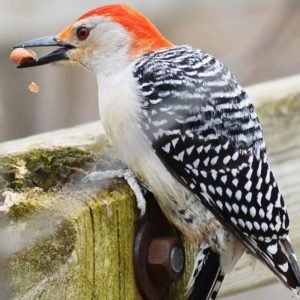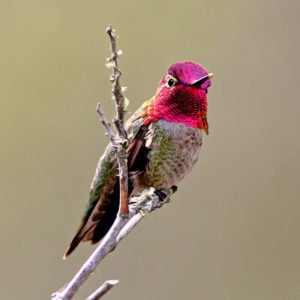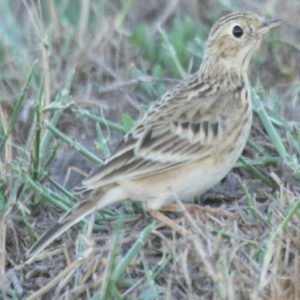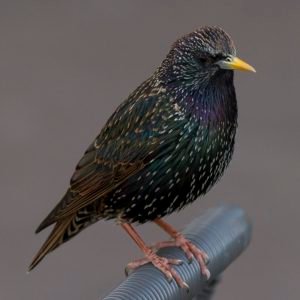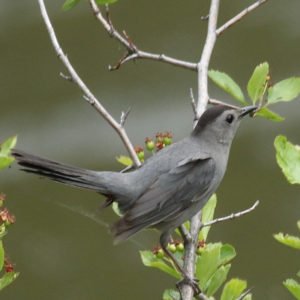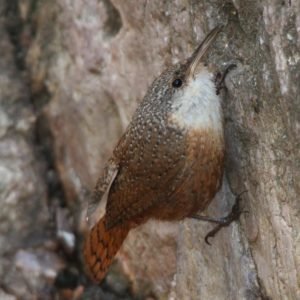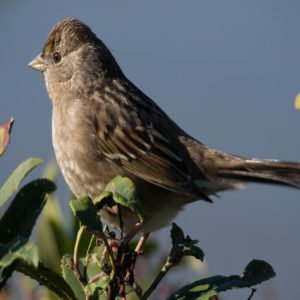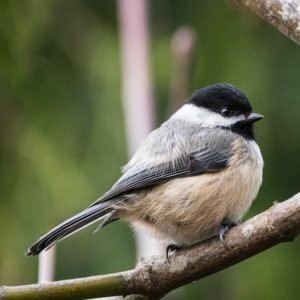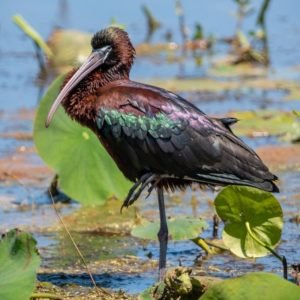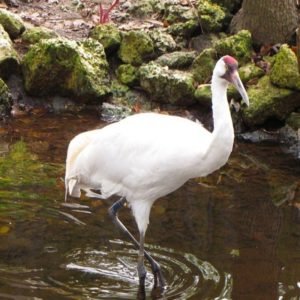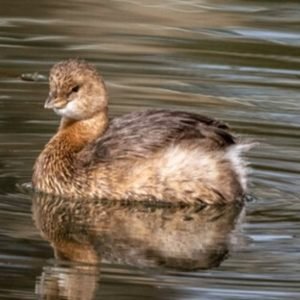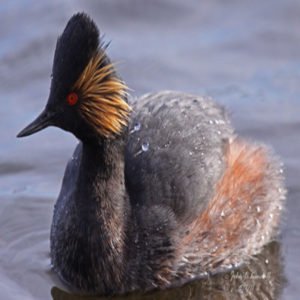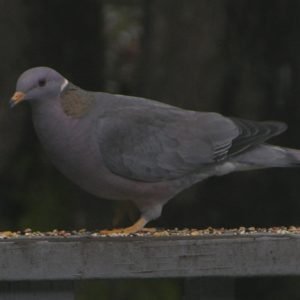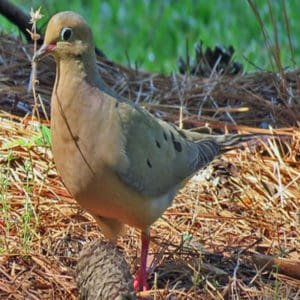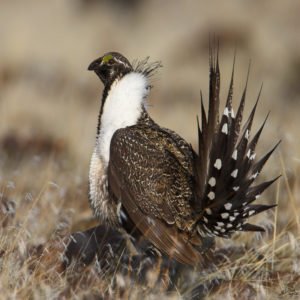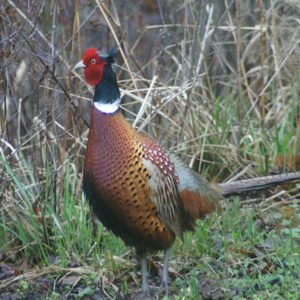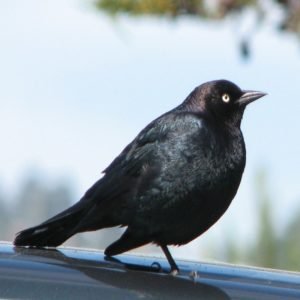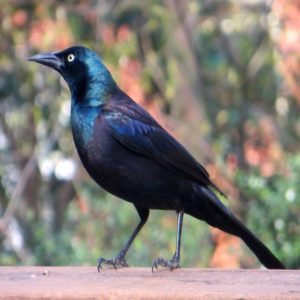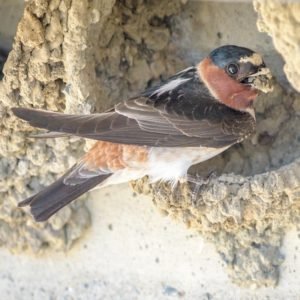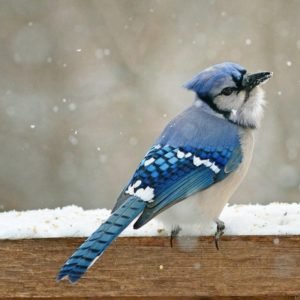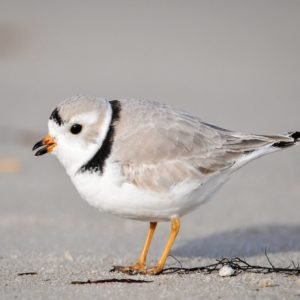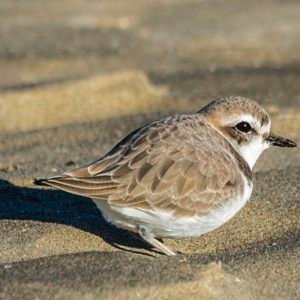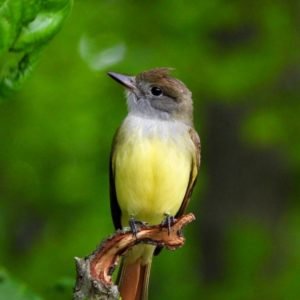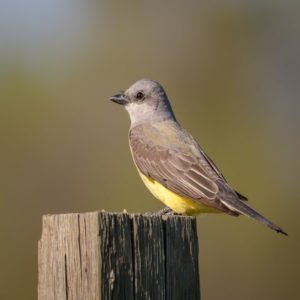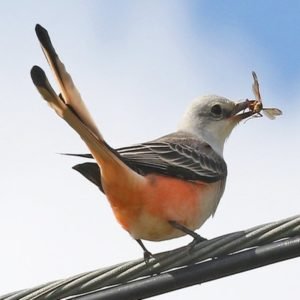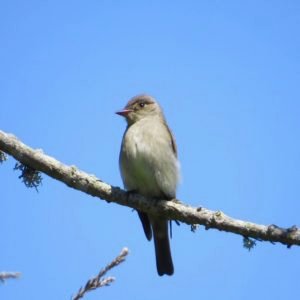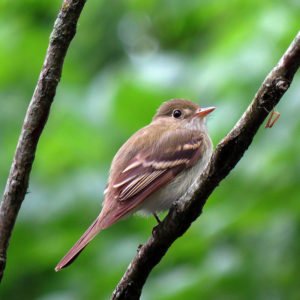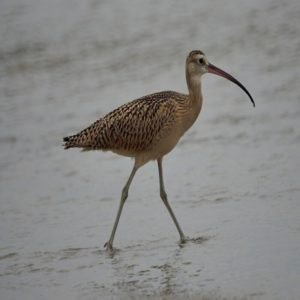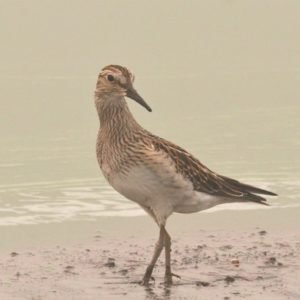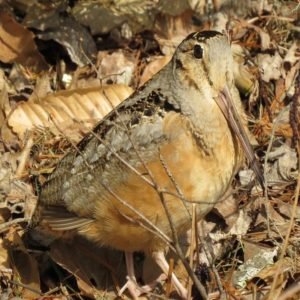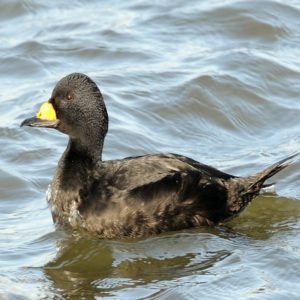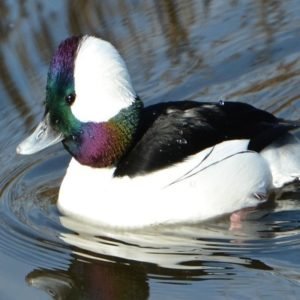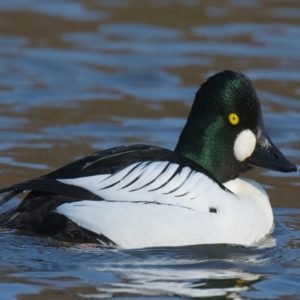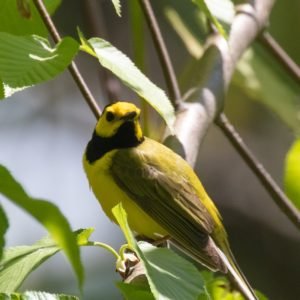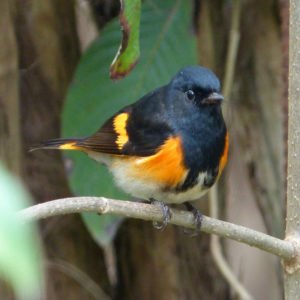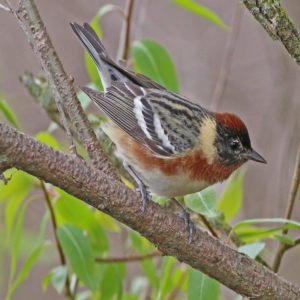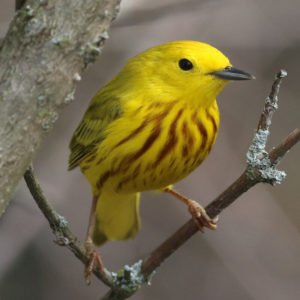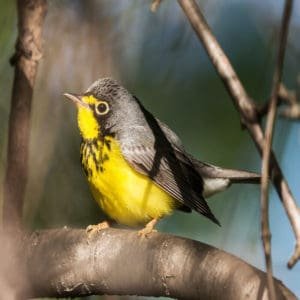The list of Alaskan birds covers every wild bird species reported in the United States of America’s state of Alaska, according to the Alaska Checklist Committee’s list.
As of January 2021, the official list contained 530 species. 55 are regarded rare, 149 are considered casual, and 77 are considered accidental, as specified below.
Another 18 and a species pair are unconfirmed. The state is home to one endemic species. One species has been added as a result of the June 2021 split.
Alaska is an ideal location for a variety of migratory birds that prefer to rear their young in its food-rich and light-filled summer climate. Some travel large distances to spend the summer in marshes, tundra, and coastal coastlines and then return to southern regions in the autumn after successful parenting.
Alaska’s unmatched bird-watching opportunities are facilitated by bald eagles, trumpeter swans, sandhill cranes, Canada geese, and millions of other migrating birds of prey, seabirds, songbirds, and waterfowl.
Alaska birds of prey
Hawks in Alaska, bald eagle, falcons, ospreys, owls, and vultures are all examples of birds of prey. They have superior vision, powerful beaks, and are skilled aviators— all of which they use to pursue and capture their prey.
Bald Eagles and Golden Eagles are two of the more prevalent birds of prey seen in Alaska. The National Park Service has been doing long-term studies on the recovery of Peregrine Falcons in the Yukon-Charley Rivers National Preserve, specifically along the Yukon River. Peale’s Peregrine Falcon is a subspecies of Peregrine Falcon found exclusively in the Seward area and Kenai Fjords National Park.
Owls in Alaska
Due to the state’s climate, there are numerous owl species. Alaska has an arctic climate, which means that the summers are cool and the winters are lengthy and cold. Perfect for a variety of northern owl species. Alaska has a 120-unit state park system and eight national parks.
Now that we’ve quickly discussed why Alaska is an excellent habitat for a variety of owl species, let’s take a closer look at the owls that do call Alaska home.
Woodpeckers in Alaska
Woodpeckers are an unusual species of birds that inhabit a large portion of Alaska’s forested areas. The most likely sights in Alaska are the Downy Woodpecker and the Great Spotted Woodpecker.
The following is a handy list of the species you’re likely to see in Alaska. Just click on the images or bird names to learn more about each species.
Puffins in Alaska
Puffins are undoubtedly the most widely recognizable and beloved Alaska seabirds due to their enormous multicolored beaks and humorous appearance. Puffins have probably appeared on more tee-shirts, drinking cups, cards, and souvenir plates, been the subject of more drawings and paintings, and been turned into more stuffed toys than any other Alaska bird except eagles and ravens.
Puffins are found along the coasts of Southeast, Southcentral, and Southwest Alaska. The greatest method to observe puffins is on a wildlife cruise or kayak tour that departs from coastal villages such as Seward, Valdez, or Kodiak.
The finest place to see puffins up close is at the Alaska SeaLife Center in Seward, where you can take a Puffin Encounter tour and go behind the scenes to meet and feed the center’s resident puffins.
Hummingbirds in Alaska
Hummingbirds contribute significantly to the food chain by pollinating a wide variety of flowering plants, some of which are specifically adapted to hummingbird pollination. Hummingbird populations, like those of other pollinators, are dropping as a result of habitat loss, changes in the distribution and abundance of nectar plants (which are influenced by climate change), the introduction of exotic plants, and pesticides.
The following are brief descriptions of Alaska’s two hummingbird species: Anna’s (Calypte anna) and Rufous (Calypte rufus) (Selasphorus rufus). Several hybrids between Anna’s and Rufous Hummingbirds have been observed.
Any sighted hummingbirds that do not appear to fit the characteristics mentioned here should be photographed and reported to local experts.
Take a peek at this section to see the beauty of hummingbirds in Alaska.
Best Birdwatching Spots in Alaska
Alaska is a world-class birding location. Perched atop the Pacific Rim, the state stretches from North America to Asia, attracting birds from both hemispheres at times. Its northern and western zones are surrounded by an arctic environment that is frequented by tens of millions of migrating birds during the summer nesting season.
Its coastal marshes are densely forested, attracting massive flocks of ducks, geese, and shorebirds. Simultaneously, the state supports robust populations of year-round residents like bald eagles and ravens, as well as charismatic seabirds such as puffins and murres.
The secret to excellent birding is to be in the right spot at the right time. The immense tundra of Alaska provides a nesting habitats for migratory birds such as swans, geese, ducks, and terns. Bald and golden eagles rely on salmon streams, mountains, forests, and seashores for food.
Alaska is a large U.S. State with plenty of wild forests and rivers that would make a great habitat for birds – if it wasn’t for the cold weather. During the cold winter months, the majority of Alaska’s bird population migrates south to warmer weather.
Other common birds
Alaska is home to a vast array of bird species, ranging from the redhead to the snow geese. The number of species found in Alaska fluctuates significantly year to year, depending on winter weather conditions and the availability of suitable habitats.
Currently, the state is home to approximately 500 identified bird species. Along with being fascinating for ornithologists, these avian communities demonstrate how transient many animals in this region may be due to changing climate circumstances.
Sandhill cranes are the largest birds found in Alaska. They are waders with long black legs, lengthy necks, and chisel-shaped black beaks.
However, which birds are the most prevalent in Alaska? The following is a list of some of the most common birds in Alaska:




